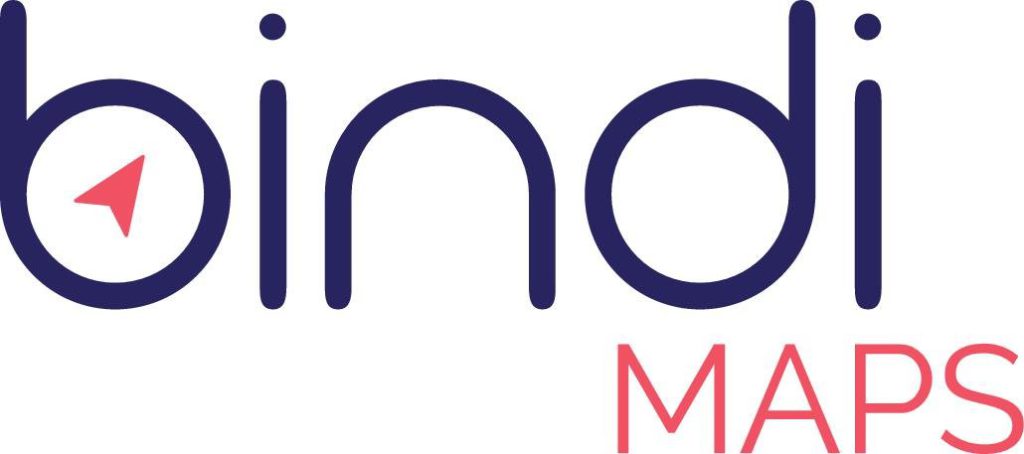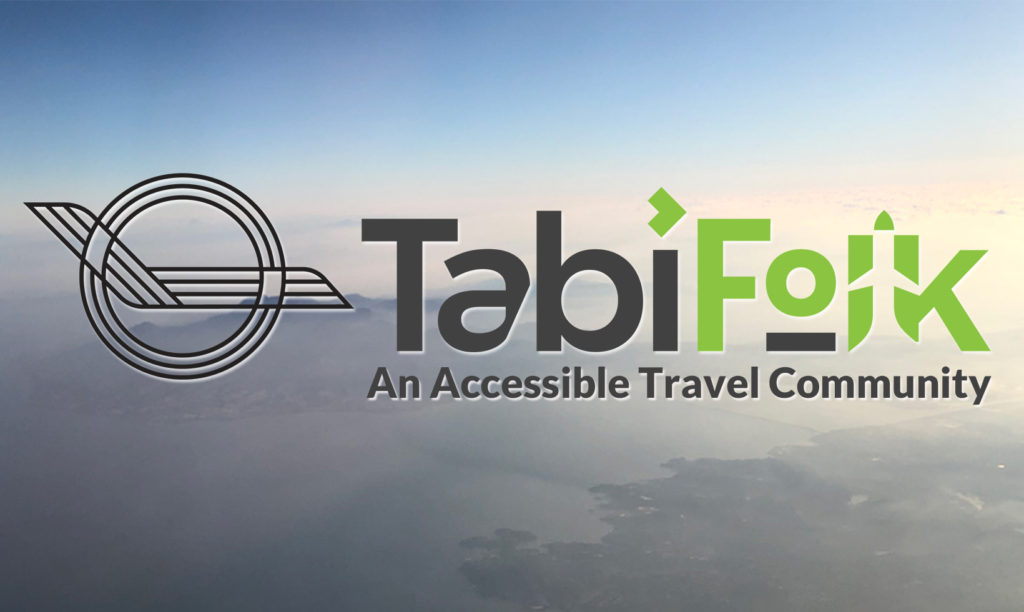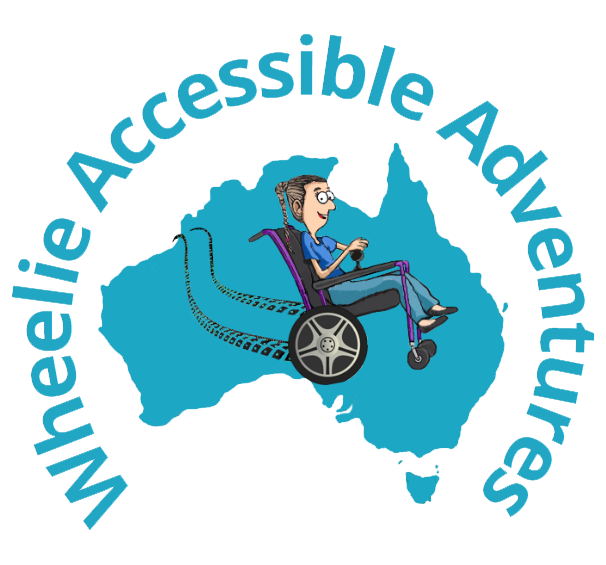Understanding & Attracting the Accessible and Inclusive
Tourism Market
Day 2 of AITCAP 2021 and we asked the hard questions around living and travelling with a disability to deliver insightful sessions on Understanding and Attracting the Accessible & Inclusive Tourism Market.
As one of our attendees put it: “It’s the awareness you have just given me. As an able person within the tourism sector, you presentation has brought so many un-thought of areas to my attention from accommodation to attractions, to my own tours!“
📜 QUOTE OF THE DAY
“Disabled travelers are not some enigma to decipher, they're everyday people who sometimes have to take a different path to the same goal but whose goals, for the most part, are the same as those of non disabled people.”
John Morris
✈️ KEY TAKEAWAY
Understanding and attracting the Accessible & Inclusive Tourism Market starts with a conversation. There are simple, low-cost adjustments that every business can make including; provide context through visual imagery, ensure your website features accessible & inclusive information and embrace an inclusive approach through subtle shifts in verbiage that implies everyone is welcome.
Michael Dobbie emphasises the size of the accessible & inclusive tourism market by reminding us that: “Disability makes up approximately 20% of the community so we can have a huge impact on the market.“
And according to a 2018 study by Open Doors Organization, quoted by John Morris, 27 million (American adults with disabilities) travelers took a total of 81 million trips, spending $58.7 billion US dollars on just their own travel. He reminds us that this results in an “annual valuation of more than $29 billion US dollars in the accessible travel marketplace.”
And what’s even better is this market will keep growing, as population age and expectations for standard accessibility become the norm for international tourists.
As Dane Cross puts it: “It’s important that, right now, we ditch whatever stereotype you have, or you might have about a person with disability, and start seeing them as you would any other customer that comes through your door.”
It’s clear that attracting this market will offer a number of equitable benefits but how can businesses of every sector and size appeal to this market?
TIP #1 | DISPLAY ACCESSIBLE & INCLUSIVE INFORMATION ON YOUR WEBSITE. “I would love to go online and be able to find accessibility information about your destination or your company,” Cory Lee suggests.
TIP #2 | PROVIDE CONTEXT THROUGH IMAGERY: Dane Cross recommends not to label something accessible or inaccessible rather to work with what you have and describe this via pictures and videos which “enables visitors to assess that destination as to whether it’s suitable to their needs or their abilities and their interest.” Michael Dobbie echoes this sentiment by suggesting that “providers could provide really clear images of what the experience is actually going to be for people, it would really help them feel comfortable.”
TIP #3 | EMBRACE AN INCLUSIVE APPROACH THROUGH VERBIAGE: Rather than turning away people based on lack of accessible facilities. Dane Cross advises a rephrase: “Here’s what we do have. I’m unsure of the extent of your abilities but you’re more than welcome to participate. And we’ll assist where required just let us know.” In other words, “We want you here.”
TIP #4 | ASK QUESTIONS AND ACTIVELY LISTEN. “It doesn’t matter the size of your organisation, you can start asking questions”, Michael Dobby advocates. Yuma Antoine Decaux concurs and suggests prompting questions such as: “How can I help? What are some of the needs that you may have, particularly, that I can help with? Generally listen to the person, listen to the customer or the client.” Claudia Stevenson reminds us that it’s a collaborative process of learning “Let’s work together and start that conversation. And let’s get better together.”
Missed it?
Want more?
Register for Days 3 & 4
Continue the conversation with #AITCAP21
Join the GetAboutAble community








